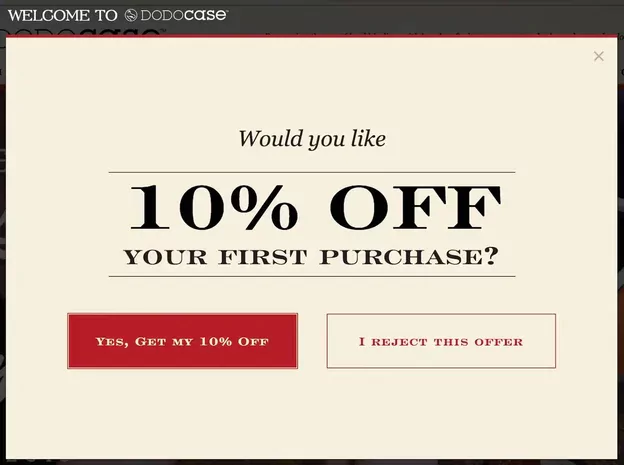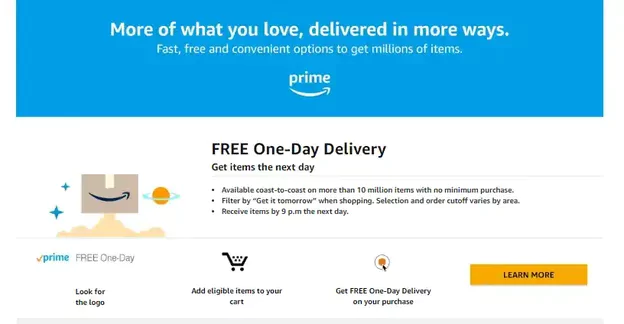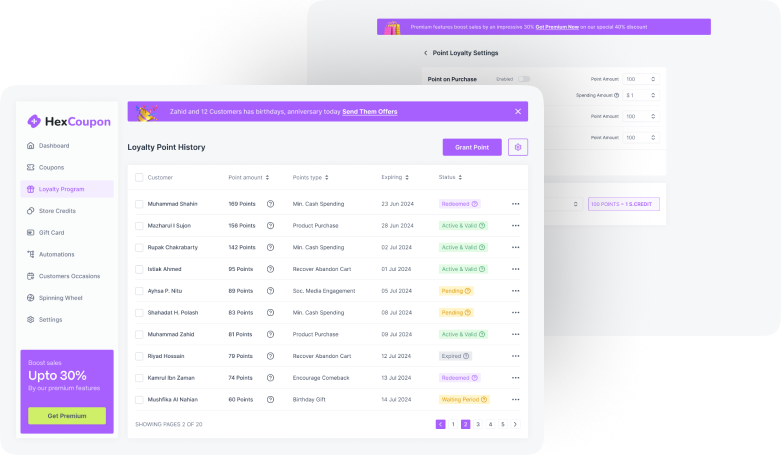The concept of quantity discounts plays a pivotal role in shaping the dynamics between sellers and buyers. This strategic approach, deeply rooted in the principles of economic efficiency and market behavior, hinges on a nuanced understanding of the balance between supply and demand.
My experience with mathematical modeling in economic contexts has consistently highlighted the significance of crafting policies that not only bolster sales but also ensure a mutually beneficial relationship between trading parties. At the core of quantity discount pricing strategy are four key elements:
- Minimum quantity for discount eligibility.
- Number of additional discounts or “breaks” for larger purchases.
- Maximum quantity that qualifies for each discount level.
- Precise discount amount offered at each quantity threshold.
These elements are not arbitrarily determined; rather, they are the result of careful analysis aimed at achieving specific business objectives. From a seller’s perspective, the aim is often twofold.
Firstly, to encourage bulk purchasing, thereby increasing sales volume and potentially reducing costs associated with smaller, more frequent orders. Secondly, to optimize inventory management, as larger orders can lead to more efficient production and distribution processes.
For the buyer, the allure of quantity discounts lies in the potential for reduced per-unit costs, which can lead to significant savings, especially for high-volume requirements. However, the attractiveness of these discounts is not without its complexities.
It necessitates a delicate balance, one that I have frequently encountered in my experience with economic modeling. The Economic Order Quantity (EOQ) model is a critical tool in this regard. It helps in determining the most cost-effective order size, balancing the costs of ordering and inventory carrying.
For a buyer, straying from the EOQ can lead to increased costs, unless offset by the discounts provided for larger orders. Therefore, a well-designed quantity discount policy must consider the EOQ and aim to align the seller’s and buyer’s cost structures.
This approach ensures that discounts are not just a lure for excess purchasing but a strategic tool that enhances the economic efficiency for both parties involved.
In this introduction, we delve into the intricacies of quantity discounts, exploring their rationale, impact, and the delicate balance they require, illuminated by mathematical models and economic theory, areas where I have garnered considerable expertise.
What is a Discount Pricing Strategy
A Discount Pricing Strategy is a marketing and sales approach where businesses reduce the selling price of their goods or services to attract customers and increase sales. This strategy is often used to clear out inventory, attract new customers, boost sales during slow periods, or compete with rival companies.
The core idea is to offer products or services at a price lower than the usual or listed price to encourage more customers to make a purchase.
The effectiveness of a discount pricing strategy depends on various factors, including the type of product or service, market conditions, competition, and customer expectations.
While discount pricing can lead to an immediate boost in sales, businesses also need to consider the potential impact on profit margins and the perceived value of their offerings.
Overuse of discounts can sometimes lead to customers expecting low prices all the time, potentially devaluing the brand or product in the market.
Why E-commerce Store Owner Should Consider Discount Strategies
E-commerce merchants should strongly consider implementing a discount strategy as part of their business model, as it offers several tangible benefits. Firstly, discounts are an effective tool for attracting new customers, especially those who might be hesitant to try new products at full price.
Additionally, offering discounts can aid in clearing out old or excess inventory, thus optimizing stock levels and freeing up resources for new products.
A well-planned discount strategy can also boost sales volumes by encouraging customers to purchase more items or spend more, leveraging the perceived value of getting a deal. Beyond immediate sales, discounts can play a crucial role in building customer loyalty.
By offering exclusive deals to returning customers, merchants can foster a sense of value and appreciation, leading to repeat business. In today’s competitive online market, having a discount strategy can provide a significant edge over competitors who may not offer similar incentives.
Moreover, discounts are an excellent way to market a brand and increase both website traffic and overall brand awareness. They can create a sense of urgency, spurring impulse purchases, especially when tied to limited-time offers.
However, it’s crucial for merchants to balance these strategies with maintaining profitability and brand value, as excessive discounting can sometimes lead to negative perceptions or reduced profit margins.
Pros and Cons of Discount Pricing Strategies
| Pros | Cons |
| Generates immediate increase in sales by attracting more customers. | Lowering prices can significantly reduce profit margins. |
| Discounts can draw in new customers who might not have considered your product or service otherwise. | Frequent discounts may lead to a perception of lower quality or value. |
| Helps in clearing out old or excess stock, making room for new inventory. | Customers might get accustomed to discounts and wait for them, avoiding full-price purchases. |
| Temporarily lowering prices can help in capturing a larger segment of the market. | Competitors might respond with their own discounts, leading to a price war. |
| Special discounts for returning customers can improve loyalty and retention. | Focus on discounts might distract from long-term strategies like product development or brand building. |
| Allows businesses to explore new markets with a lower risk by offering introductory discounts. | Over-reliance on discounts can erode profit margins and create dependency on sales promotions. |
| Sales promotions can create buzz and increase brand visibility. | Sudden increase in demand can strain operations, affecting service or product quality. |
Best Discount Pricing Strategy
Bulk Discounts

This strategy involves offering a lower price per unit when customers purchase larger quantities. It’s effective in increasing sales volume and moving inventory quickly.
For example, a retail store might offer a 10% discount when customers buy more than 10 items of a particular product. This encourages customers to buy in larger quantities.
Seasonal Discounts

These discounts are offered during specific times of the year, usually to align with seasonal shopping trends.
Retailers might offer special discounts during holiday seasons like Christmas, Black Friday, or back-to-school periods. For instance, a clothing store might offer 20% off on all summer apparel at the end of the season to clear out inventory for fall clothing.
Flash Sales

A flash sale is a discount or promotion offered for a short period. This creates a sense of urgency among customers to make immediate purchases. An online electronics store, for example, might offer a 50% discount on select items for just 24 hours.
New Customer Discount Strategy

The New Customer Discount Strategy is a marketing approach designed to attract first-time buyers to a business by offering them a special discount on their initial purchase.
The idea is simple: by giving new customers a financial incentive, a business can encourage people who might be hesitant to try their products or services.
Buy One, Get One Free (BOGO)

This strategy offers customers a free product or service when they purchase another item at full price. It’s a great way to move inventory and encourage customers to buy more.
A common example is in the grocery industry, where a ‘buy one, get one free’ offer on a particular brand of pasta sauce might be used to entice customers to buy that brand over others.
Loyalty Discounts

Offering special pricing or rewards for repeat customers. This strategy helps in building long-term customer relationships. For example, a coffee shop might offer a loyalty card that gives a free coffee after every ten purchases.
Early Bird Discounts

These are offered to customers who purchase a product or service well in advance. This is often used for events, services, or product launches. For instance, a conference might offer a 20% discount for attendees who register three months in advance.
Conclusion
The popularity of personalized discounts, offers, and promotions among retailers is a positive development, resonating well with 57% of retail respondents who believe it improves performance.
This trend aligns with the preferences of UK consumers, where loyalty schemes that offer point collection and redemption influence over half (54%) of shoppers in their choice of retailer.
Additionally, 31% of UK shoppers are calling for more personalized shopping experiences, a demand that is being met by initiatives like those from John Lewis’s grocery arm, Waitrose, which allows customers to select their own discounts.
Moreover, a similar percentage (55%) of UK consumers express a desire for attractive offers both in physical stores and online. Location-based offers are also gaining traction, ranking as the second most preferred option for retailers.
However, the effectiveness of personalization, loyalty schemes, and location-based offers hinges on a retailer’s ability to maintain a clear, accurate, and current understanding of its inventory.
This knowledge is crucial in tailoring offers to align with the shopping preferences of their most loyal and valuable customers. In this context, IT-based retail systems play a crucial role. They enable centralized, accurate, and real-time management of sales, inventory, and customer data.
This level of control is essential for retailers to optimize their buying, merchandising, and assortment processes.
Such systems facilitate strategic decisions, helping retailers to find the optimal balance between revenue maximization (i.e., achieving the highest possible sales revenue) and managing terminal inventory (i.e., reducing unsold merchandise).
This involves comparing different strategies, such as implementing modest markdowns early in the season versus opting for deeper reductions later on.
Through these advanced IT solutions, retailers can effectively tailor their offers and promotions to meet the evolving preferences of their customers, leading to enhanced business performance and customer satisfaction.

